 B&A Motel
B&A Motel
Entry Type: Place - Starting with B
 B&A Motel
B&A Motel
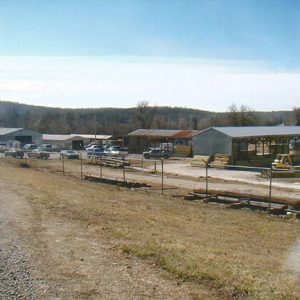 B&B Supply
B&B Supply
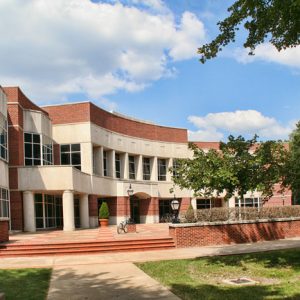 Bailey Library
Bailey Library
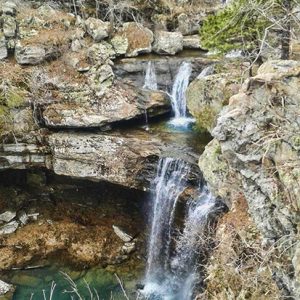 Bailey's Pour Off
Bailey's Pour Off
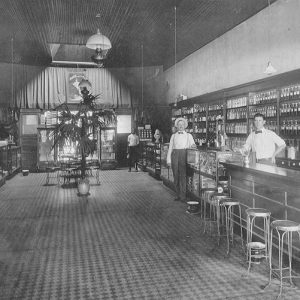 Baker Drugs
Baker Drugs
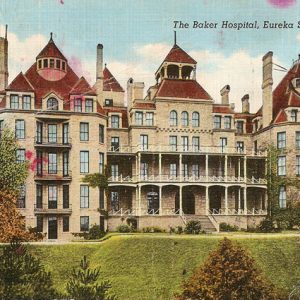 Baker Hospital
Baker Hospital
 Baker House
Baker House
 Baker Prairie Natural Area
Baker Prairie Natural Area
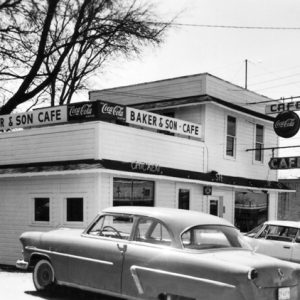 Baker's Cafe
Baker's Cafe
Bald Knob (White County)
Bald Knob National Wildlife Refuge
 Bald Knob Street Scene
Bald Knob Street Scene
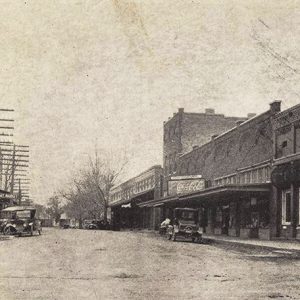 Bald Knob Street Scene
Bald Knob Street Scene
 Bald Knob Street Scene
Bald Knob Street Scene
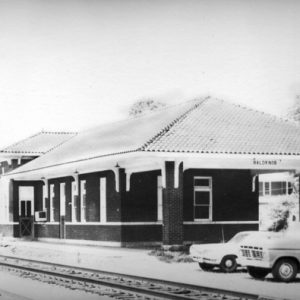 Bald Knob Train Depot
Bald Knob Train Depot
Band Museum
 Band Museum
Band Museum
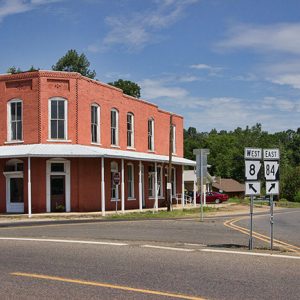 Bank of Amity Building
Bank of Amity Building
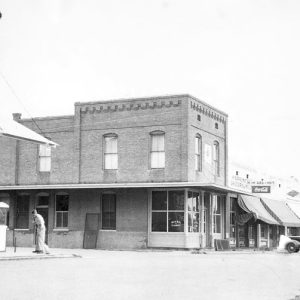 Bank of Cabot
Bank of Cabot
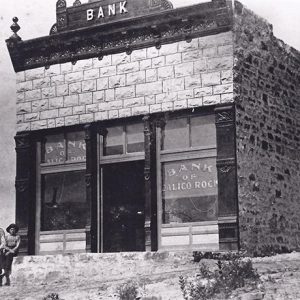 Bank of Calico Rock
Bank of Calico Rock
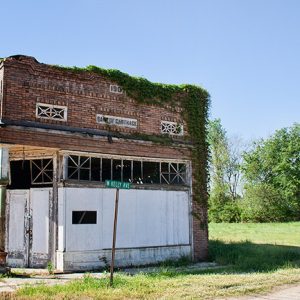 Bank of Carthage
Bank of Carthage
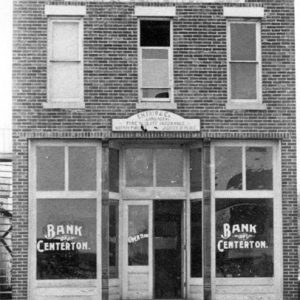 Bank of Centerton
Bank of Centerton
 Bank of Commerce
Bank of Commerce
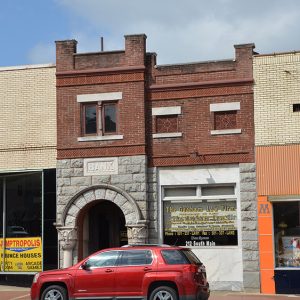 Bank of Malvern
Bank of Malvern
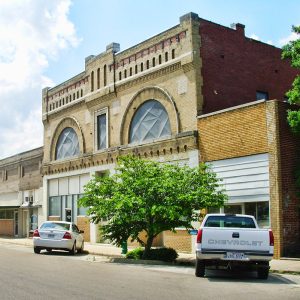 Bank of Osceola
Bank of Osceola
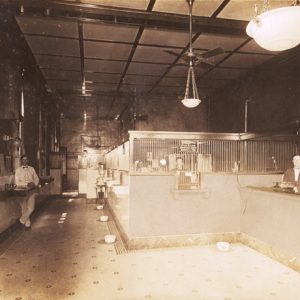 Bank of Prescott
Bank of Prescott
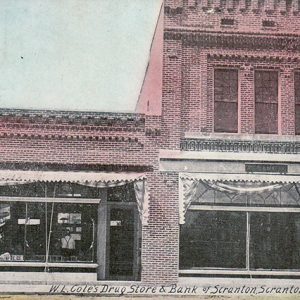 Bank of Scranton
Bank of Scranton
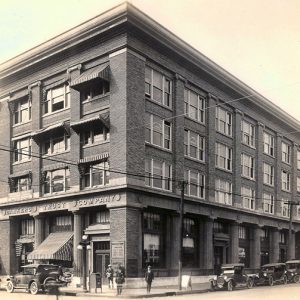 Bankers' Trust Company
Bankers' Trust Company
Banks (Bradley County)
 Banks Home
Banks Home
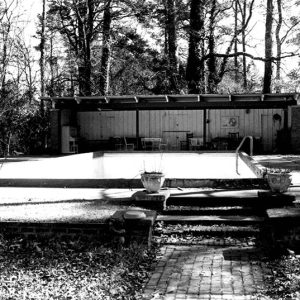 Banks Swimming Pool
Banks Swimming Pool
Banner (Cleburne County)
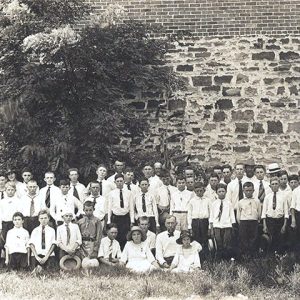 Baptist Convention
Baptist Convention
Barber (Logan County)
Baring Cross (Pulaski County)
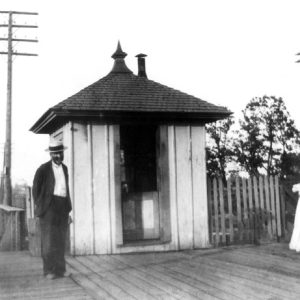 Baring Cross Bridge Tender's Office
Baring Cross Bridge Tender's Office
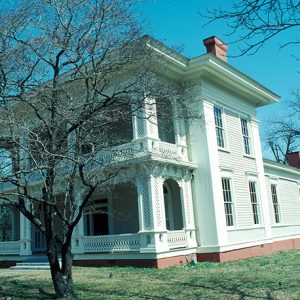 James E. M. Barkman House
James E. M. Barkman House
Barling (Sebastian County)
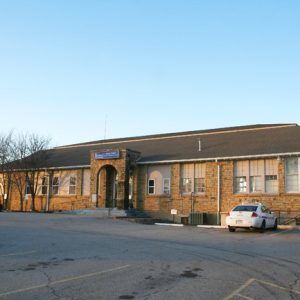 Barling City Hall
Barling City Hall
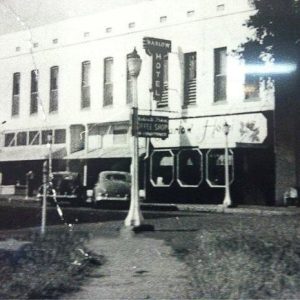 Barlow Hotel
Barlow Hotel
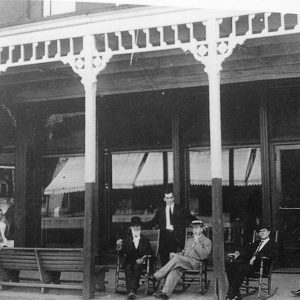 Barlow Hotel Porch
Barlow Hotel Porch
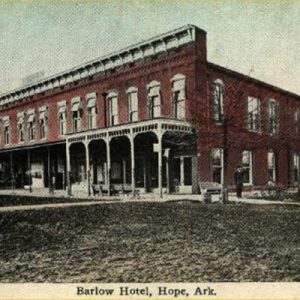 Barlow Hotel Postcard
Barlow Hotel Postcard
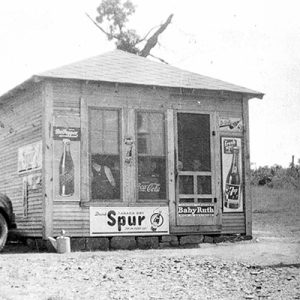 Barnett's Store
Barnett's Store
Barringer (Clark County)
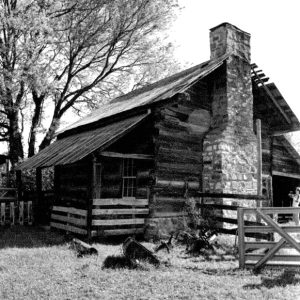 Barron-Craig House
Barron-Craig House
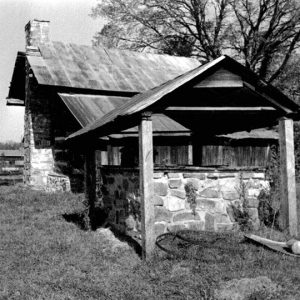 Barron-Craig House
Barron-Craig House
 Barron-Craig House
Barron-Craig House
 Bartell House
Bartell House
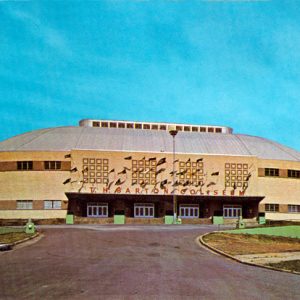 Barton Coliseum
Barton Coliseum
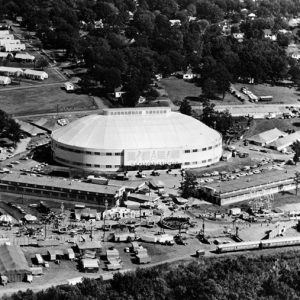 Barton Coliseum
Barton Coliseum




